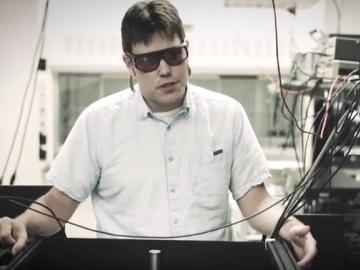Filter News
Area of Research
- (-) Materials (21)
- Advanced Manufacturing (4)
- Biological Systems (2)
- Biology and Environment (7)
- Clean Energy (41)
- Climate and Environmental Systems (1)
- Data (1)
- Fossil Energy (1)
- Isotope Development and Production (1)
- Neutron Science (17)
- Nuclear Science and Technology (6)
- Sensors and Controls (1)
- Supercomputing (17)
- Transportation Systems (1)
News Topics
Media Contacts
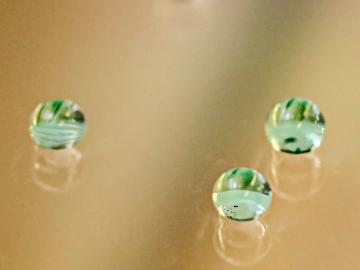
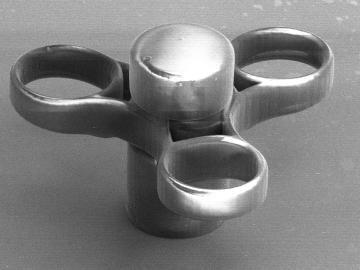
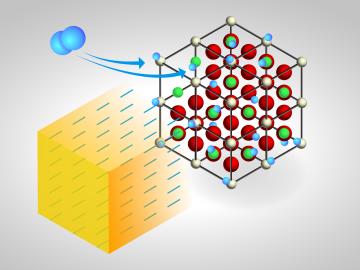
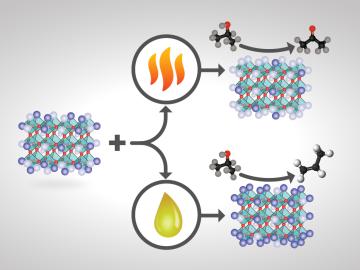
For some crystalline catalysts, what you see on the surface is not always what you get in the bulk, according to two studies led by the Department of Energy’s Oak Ridge National Laboratory. The investigators discovered that treating a complex
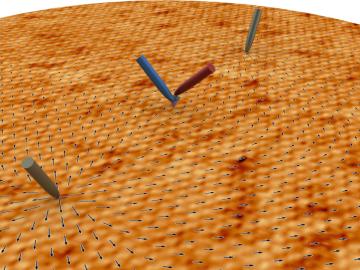
New method to detect spin current in quantum materials unlocks potential for alternative electronics
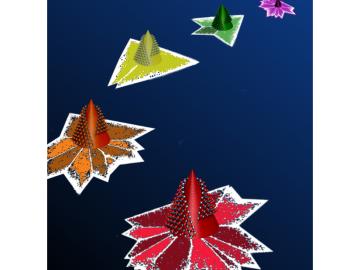
Rice University researchers have learned to manipulate two-dimensional materials to design in defects that enhance the materials’ properties. The Rice lab of theoretical physicist Boris Yakobson and colleagues at the Department of Energy’s Oak Ridge National Laboratory are combi...

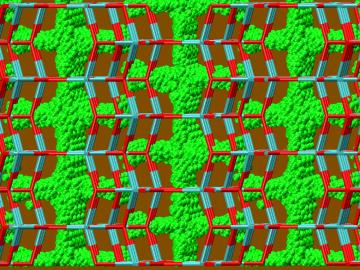
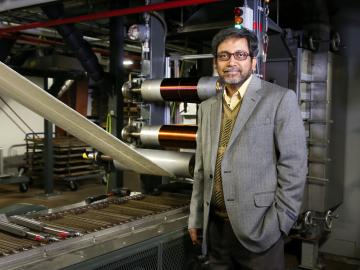
Finding new energy uses for underrated materials is a recurring theme across Amit Naskar’s research portfolio. Since joining Oak Ridge National Laboratory in 2006, he has studied low-cost polymers as carbon fiber precursors, turning lignin−a byproduct of biofuel production−into renewable thermoplastics and creating carbon battery electrodes from recycled tires.
